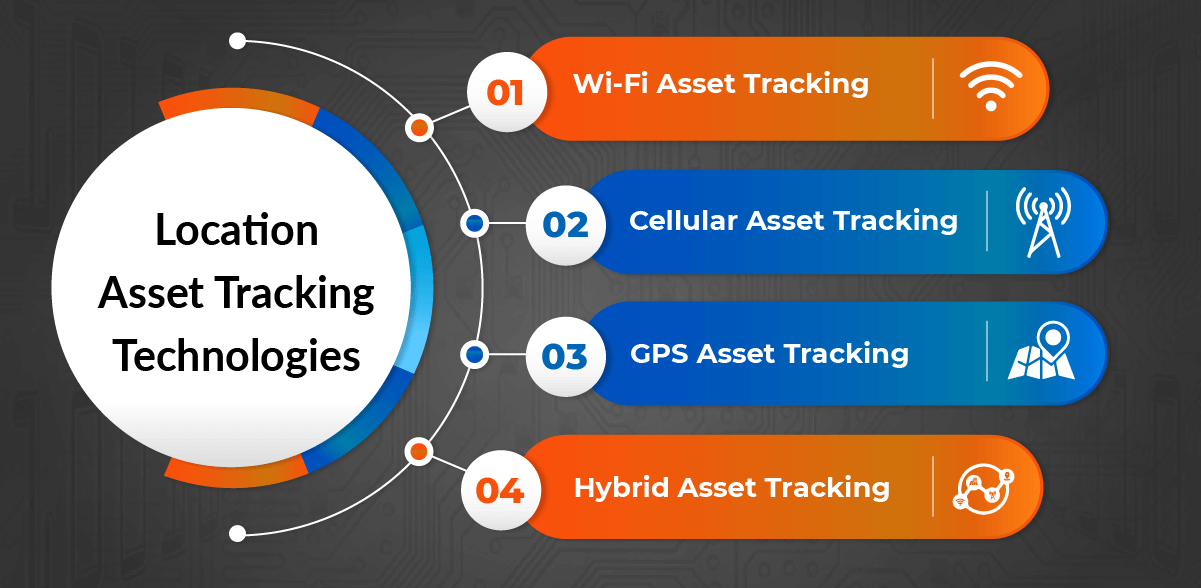Everything You Need to Know About Location Asset Tracking
What is IoT asset tracking?
Asset tracking includes adding sensors to the physical and mechanical assets of your company; that can range from small to large pieces of equipment. Asset tracking uses technology to track physical assets of any type and make. In any industrial and commercial application, asset tracking systems enable businesses to track high-value devices, equipment, inventory, or any other important assets. There are 4 central elements of an asset tracking system which include: Tracker, Platform, ERP, and Connectivity.
Asset tracking helps enterprises with greater visibility over their equipment and materials and leads to many benefits such as loss and theft prevention, greater operational efficiency, inventory control, and enhanced customer service.
How Does Asset Tracking Work?
Scanning technology is one of the most basic types of asset tracking and in these types of systems, RFID tags, barcodes, or similar sensors are connected to the products that are to be tracked. Location is reported when the product is scanned.
IoT asset tracking supports internet connectivity which offers real-time location insights regarding the assets that are being tracked. This feature helps in preventing lost inventory and generates enough data for the enterprises who are looking to measure the performance of their supply chain and warehouse.
Beyond location, the connected IOT asset tracking devices have the features to convey different types of information such as device condition or status, and to administer alerts if any product or object travels to a location that is not authorized.
Now let us understand which location technology is best for IoT Asset Tracking:
- WiFi Asset Tracking -WiFi-Asset Tracking in the form of (RTLS) integrations, or radio-frequency identification (RFID) that adds features of Wi-Fi-signals on top of scanning. For tracked devices within a confined area, these systems perform real-time location monitoring. Depending on the goals and connectivity of the IoT deployment, tracked devices may have low energy because of more robust processing power or Bluetooth connections.
- Cellular Asset Tracking – Cellular Asset Tracking supports cellular networks to keep the devices communicating and connected by sharing the information and location. The dependence on the cellular connectivity for asset tracking requires all tracked devices to be equipped with a M2M SIM card, which is similar to a phone on a network.
- GPS Asset Tracking – GPS asset tracking transmits the information of device location via satellite signal. GNSS signals though less reliable indoors, reach most in outdoor areas.
- Hybrid Asset Tracking – Hybrid Asset Tracking includes the blend of both types of GPS Asset Tracking and Cellular Asset Tracking and also sometimes WiFi asset tracking. There are many benefits of hybrid asset tracking such as global cover, offline positioning, indoor coverage and multiple integration options minimizing data transmission
Avench is one of the leading embedded companies in the United States. To know more information about embedded product design and embedded systems please subscribe to our blog. For any sales queries, contact us at +1 (775) 404-5757. You can also email us at sales@avench.com – we would be happy to assist you.

